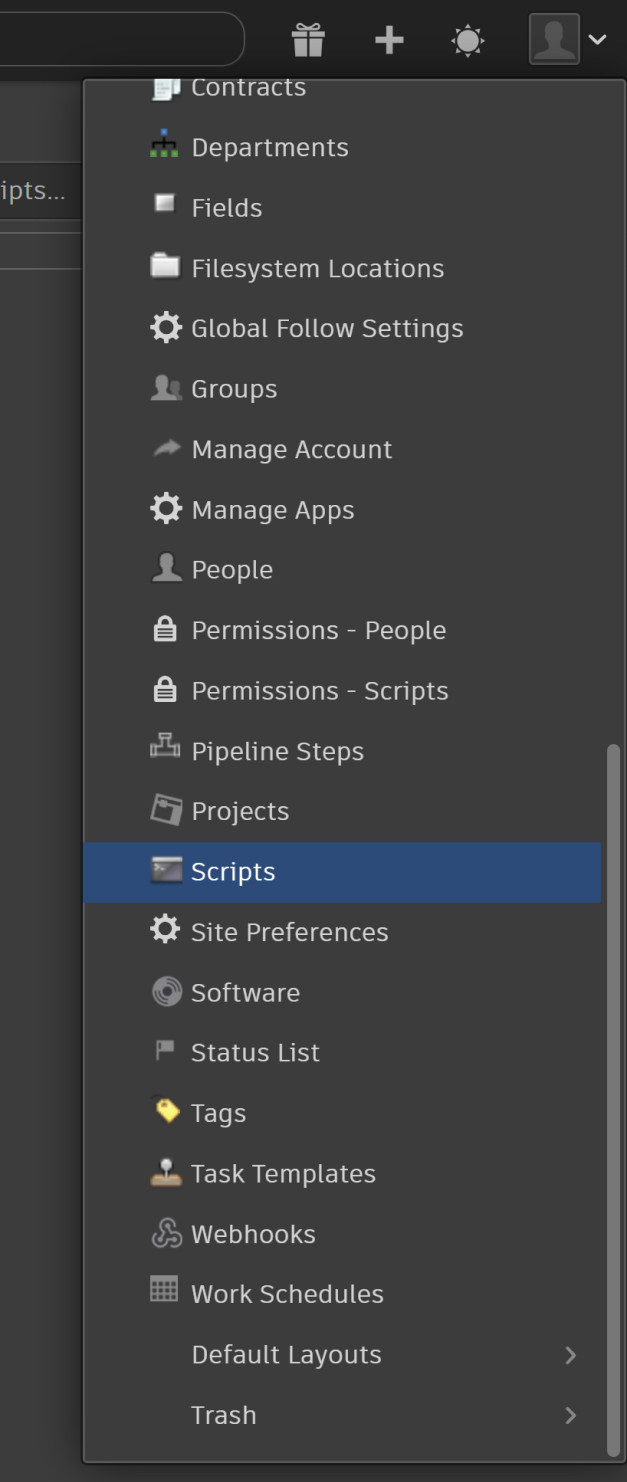Python API Overview
For more information about the Flow Production Tracking API, see our full API documentation .
The Flow Production Tracking Python Application Programming Interface (API) enables users to easily integrate their tools with Flow Production Tracking. Through it you can create automated processes, integrate with many third party software packages, and communicate with existing tools within your studio. Because the needs of every studio are very different, the Flow Production Tracking API provides powerful, low-level functionality and leaves most of the business logic to you.
The API is built using Python , a common programming language used widely across the media and entertainment industry. Use of the Flow Production Tracking Python API is included for free with your Flow Production Tracking site.
The API follows the CRUD pattern, allowing your script to run Create, Read, Update, and Delete actions for a single entity type. Many operations include the ability to define filters, columns to return, and sort results.
 Content
Content
- Setting Up Your Environment with the Python API Overview Video
- Script Keys
- Personal Access Tokens (PAT)
- Common first projects
- Some things you can’t do with the API
- Action Menu Items (AMIs)
- Event Trigger Daemon
- Additional information
- Contribute and collaborate
Setting Up Your Environment with the Python API Overview Video
Script Keys
In order to communicate with the Flow Production Tracking server via the API, your script can authenticate with the server either by providing a user’s credentials or by utilizing a script key. You can generate new script keys from the Scripts page, listed in the Admin menu:

Register your scripts separately and have individual API keys for each. This will help you to monitor each of your scripts and the actions they are performing much more accurately in the event logs.
Personal Access Tokens (PAT)
Instead of using script keys, you can authenticate using Flow Production Tracking account credentials (username and password), but this requires that you set up a Personal Access Token (PAT). The Flow Production Tracking account credentials differ from the Autodesk Identity ones, and the PAT is necessary to link them together. See the following video to learn how to set up your PAT:
Common first projects
You can download the API at https://github.com/shotgunsoftware/python-api . Some common first projects include:
- Creating a Version and linking it to a Shot . Allows you to automate the submission of new renders for review.
- Uploading a thumbnail . Everything on your site can have an up-to-date thumbnail without manually adding them.
- Integrating Flow Production Tracking with your code repository such as SVN . Utilize Flow Production Tracking to project manage any software development.
Some things you can’t do with the API
- Access or alter permission rules, for security reasons
- Read or alter page settings
- Access filter or query settings for individual pages or widgets
- Interact with the UI
- Add, edit, or remove conditional formatting rules
- Create or edit query fields
Action Menu Items (AMIs)
If you write a script that you want to easily launch from within the Flow Production Tracking interface, you can do so via AMIs . These are customizable options that appear in context menus you get when right-clicking on a row of data. When clicked, they will send a contextual data dump to a web server or a custom browser protocol handler, where you can then run custom business logic.
You can set up different AMIs for different entities, and can restrict access to them by project or by permission group.
Event Trigger Daemon
Every action performed in Flow Production Tracking (either by a user or an API script) generates an Event. The Event Daemon can monitor that event stream and then execute specific API scripts based on conditions you define. Some examples include:
- Automatically changing downstream Task statuses based on the status of upstream Tasks.
- Recalculating relevant cut duration fields when values change.
- Performing file packaging and transfer operations when a Shot is set to a particular status.
Additional information
For more information about the Flow Production Tracking API, see these articles:
- Download the Flow Production Tracking API from GitHub
- Flow Production Tracking API documentation
- Flow Production Tracking-dev list (Public)
- Flow Production Tracking Event Daemon sample code
- Writing event driven triggers
- Flow Production Tracking schema
- API best practices
Contribute and collaborate
Have you made some amazing tools with Flow Production Tracking you want to share with the world? Awesome! We have an active and vibrant developer community who love to share and collaborate with each other. To get involved:
- Join the Flow Production Tracking Community .
- Post your code to GitHub (make sure your code isn’t pipeline specific, is well documented, and has a README in either .txt or .mdk format).
- Post a link and description to the dev list. The dev community and Flow Production Tracking developers will check it out, provide feedback, and sing your praises.
We are constantly amazed and inspired by many of the tools and integrations made by our clients. Show us what you can do!
